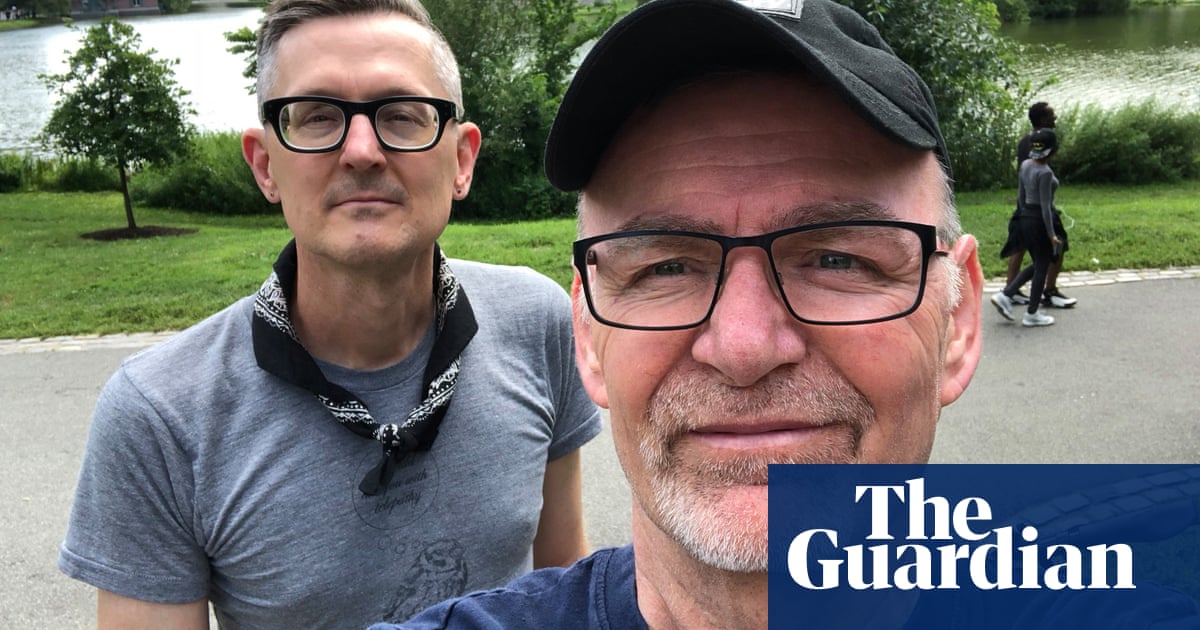
hen I started work on Mr Wroe’s Virgins I was 35. I was wildly ambitious, and had a chip on my shoulder. Faber had published my first three novels and all had found critical favour. But I was broke and my sales were poor, and I was spiky about the literary world, which seemed to me to consist mainly of men, mainly in London.
Two conversations from that time linger in my memory. The first was with my father, who helped to forge my taste in literature. He gave me James Joyce’s A Portrait of the Artist as a Young Man and William Faulkner’s The Sound and the Fury when I was too young to understand either, but old enough to fall in love with their language and their rule-breaking. He encouraged me to become a writer but never dished out praise. After the publication of The Ice Is Singing he told me it was time for me to tackle “a bigger topic”; it was no good just writing books about women and feminism. This comment rankled.
The second was with Pat Barker. Pat and I met as judges for the Constable Trophy, a first novel prize for northern writers, which we judged together in 1986 and 87. Both of us were chafing against the way the literary world seemed stacked against women. Pat told me she was getting out of “the women’s ghetto”; she was planning a book about men and war, she was going to beat the boys at their own game. “There are already far too many novels about the first world war,” I said. Which just goes to show how much I knew: Pat was, of course, working on Regeneration.
I knew what I wanted to write about next; that perennial question which has never been better put than by Chaucer: “What thing is it that wommen most desyren?”
My children were five and two, and I had anatomised motherhood in The Ice Is Singing. Now I wanted to explore other areas where women might find value and meaning: work, religion, love, the physical world. My own instincts, reinforced by these two conversations, told me that if set in the present, such a book would be all too easily placed in the “women’s ghetto”.
So I considered a historical setting. And then lots of ideas ran together, as they do when a novel is conceived. I was living in an old mill town, surrounded by relics of the industrial revolution and the evangelical, social and educational movements that sprang up in response to it; a crucible for new heavens and new earths. Prophet Wroe’s Christian Israelite church was four miles down the road, in Ashton-Under-Lyne (which he had identified as the New Jerusalem). And his congregation had given him seven virgins “for comfort and succour”. No one had ever told their story.
In the end I had to narrow it down to four stories, with each of my four women pursuing a different desire. And in the years it took me to research and write the book, life intruded to alter and colour it – most significantly in the sudden illness and death of my father. My loss became Hannah’s loss, and her grief gave me the key to her character.
Looking back now, I have to wonder how much of all this is a story I have invented, about how this story was invented. Because after all, my memory is unreliable, and it is 30 years since Mr Wroe’s Virgins was published.
Body Tourists by Jane Rogers is published by Sceptre.












